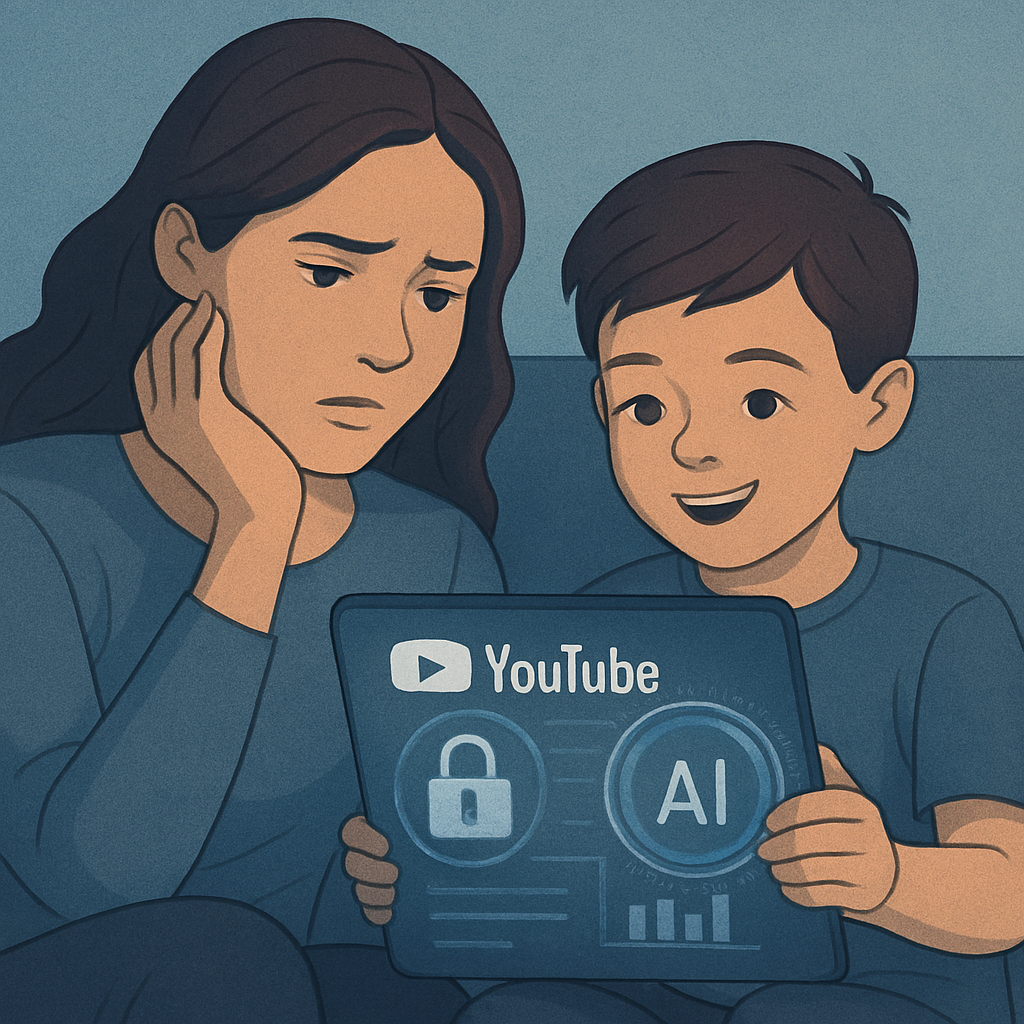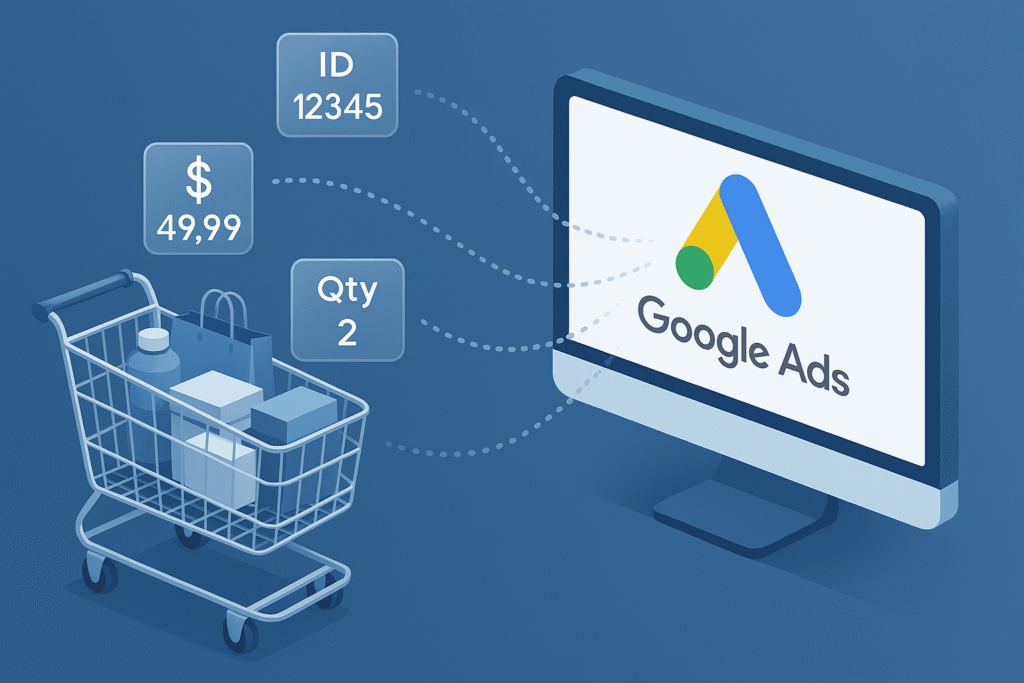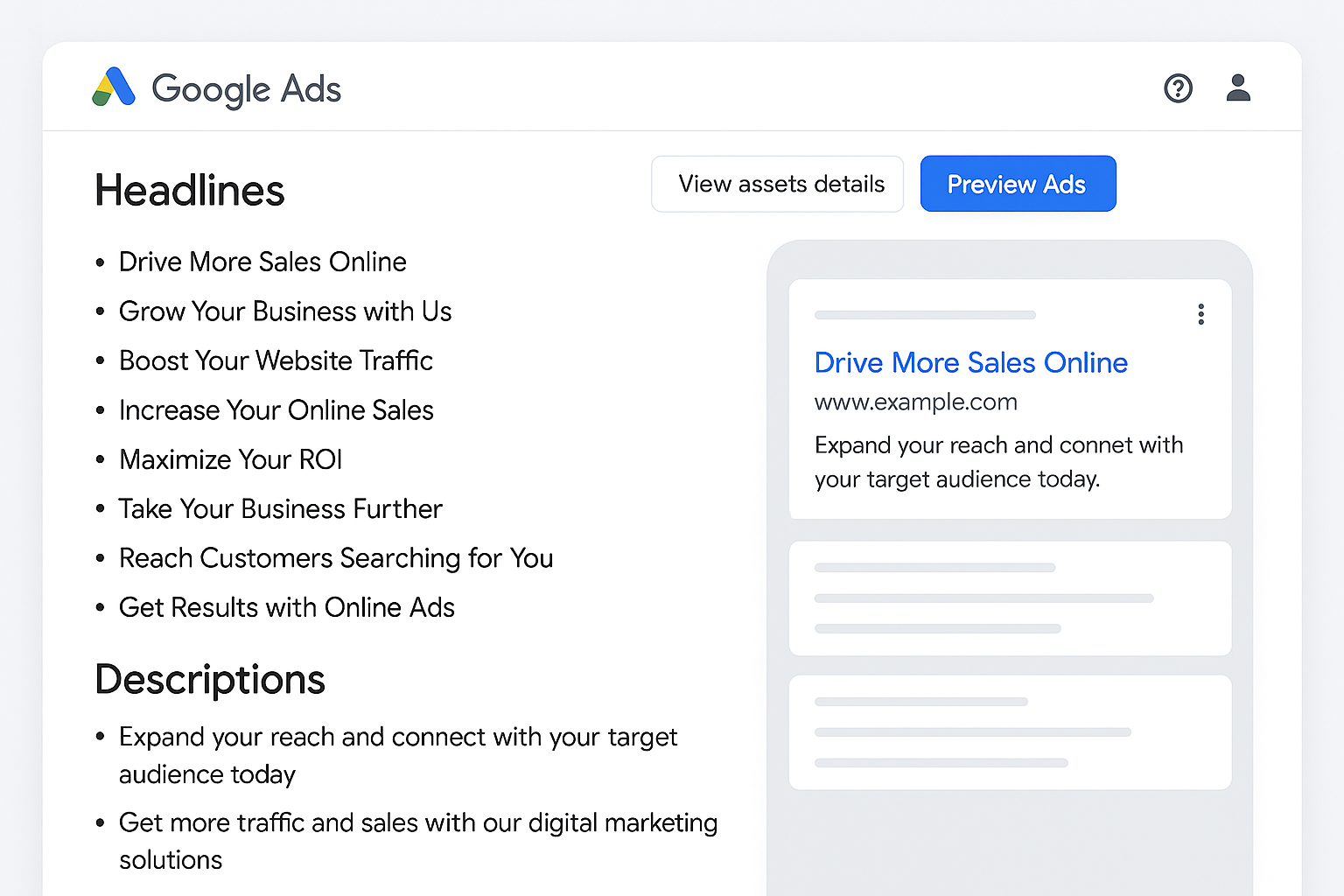As a digital parent and content creator, I’m always trying to keep up with how platforms like YouTube manage safety for kids. So when I read the news about YouTube planning to use YouTube AI Age Check to identify and restrict underage accounts, I knew this was a big deal. It’s not just another tech update. This could change how our kids interact with the internet.
Let me break it down in simple terms, so whether you’re a parent, teacher, or even a teenager curious about what’s coming, you’ll understand what this move means, how it works, and what you need to do next.
Want to stand out in AI-powered search results? Let’s help you get my website into Google AI Overviews and drive organic traffic faster than ever.
What’s Actually Happening on YouTube?
Starting August 13, 2025, YouTube is rolling out an AI-powered age detection model in the U.S. This smart technology will analyze user behavior, account history, and patterns to guess if a person is under 18.
Once an account is flagged as belonging to a minor, YouTube will:
- Turn off personalized ads
- Enable digital wellbeing tools like “Take a Break” and bedtime reminders
- Block repetitive views of certain videos
- Show extra privacy alerts during uploads or comments
- Restrict age-sensitive videos
So, if your 13-year-old loves binge-watching music videos at midnight or uploads random shorts without knowing the privacy risks, YouTube’s system will step in with limits.
Why Is YouTube AI Age Check Doing?
This isn’t out of the blue. Back in February, Google already hinted that more advanced online age verification tools were coming. It’s part of a larger effort across the internet to protect minors from harmful content and potential exploitation.
With rising concerns about child safety online, many countries are pushing platforms to do more. In fact, Australia is taking a bold step by banning YouTube for children under 16. That’s on top of previous bans for TikTok, Facebook, Instagram, X (formerly Twitter), and Snapchat in schools.
As a mom, this hit home for me. Our kids are navigating platforms that were never truly made for them. And companies are finally stepping up, not perfectly, but it’s a start. Your content deserves visibility beyond Instagram. Learn how Instagram posts and reels are now in Google search and optimize your strategy for real growth.
How Does the AI Know Your Child’s Age?
YouTube’s AI uses machine learning. This means it “learns” from large amounts of data. Instead of asking for your kid’s birthday, it watches how users behave:

- What types of videos are they watching?
- Are they commenting a lot or just scrolling?
- How long has the account existed?
It uses these signals to estimate age.
If YouTube mistakenly marks your adult account as underage, you can verify your age using a government-issued ID, credit card, or even a selfie.
While it’s not perfect, I found this better than just asking users to enter their birthdate, which kids can easily fake.
What If My Teen is Using My Account?
Let’s be honest. Many of us let our kids use our YouTube accounts. Sometimes we don’t even realize it’s a shared profile.
But this new AI model won’t go by account name or login alone. It tracks behavior. So if your teenager uses your account to explore music, gaming, or vlogs during odd hours, the AI might think your account belongs to someone under 18.
That could mean your account loses access to certain videos or ad targeting.
That’s why it’s important to separate usage. I recently created a supervised YouTube profile for my younger son and adjusted the privacy settings. It wasn’t difficult, and now I have more peace of mind.
Why It Matters for Women and Mothers
As women, especially moms, we often carry the emotional weight of tech safety in our households. I’ve been that person checking browser histories, installing parental control apps, and having “awkward” conversations about online safety.
YouTube’s AI age restrictions give us another layer of automated support. It doesn’t replace our job as guides, but it helps enforce limits that we sometimes struggle to maintain.
Plus, for those of us creating content, it’s a reminder that our audience may be younger than we think, and we need to handle comments, visuals, and messaging responsibly. Stay ahead with real-time AI strategies. Learn everything you need to know about Google AI Overviews and start adjusting your content today.
Global Pressure Is Growing
This move isn’t just about YouTube being nice. Governments around the world are pushing for stricter age verification laws. Here’s what else is happening:
- Australia is banning YouTube for kids under 16. They’ve already restricted other apps like Snapchat and TikTok.
- Signal, the encrypted messaging app, is under fire in Australia for refusing to give user data. Their President said they’ll pull the app out of the country if forced.
- Xbox is adding age verification in the UK.
- The EU is working on a prototype for Europe-wide digital age checks.
This shows a global trend toward more regulated online spaces, especially when it comes to protecting younger users.
Will This Fix Everything?
Honestly, no. No tech is perfect. Some teens may still slip through the cracks. Some adults may feel annoyed if they’re wrongly flagged. But this is a step toward accountability and protection.
What I like most is that the system is adjustable. If it makes a mistake, users can easily submit age proof. This balance between safety and access is what the internet desperately needs.
What You Can Do Now
If you’re a parent, educator, or guardian, here’s what I recommend:
- Talk to your child about how age checks are changing.
- Create individual accounts for family members to avoid confusion.
- Use supervised profiles on YouTube for younger children.
- Double-check your account settings, even if you’re not a parent.
- Stay informed about platform changes, the rules are changing fast.
And most importantly, keep having open conversations about what your kids are watching. No AI can replace that human connection.
Final Thoughts
As someone who lives and works online, this update feels timely and necessary. YouTube’s YouTube AI Age Check verification isn’t just about protecting kids, it’s about adapting to a new era of digital responsibility.
If used properly, it can help parents, empower creators, and build a safer online space for everyone. I’ll be keeping a close eye on how this evolves, especially as it expands globally.
Because when platforms take safety seriously, it gives all of us, and especially our kids, a better chance to thrive online.





